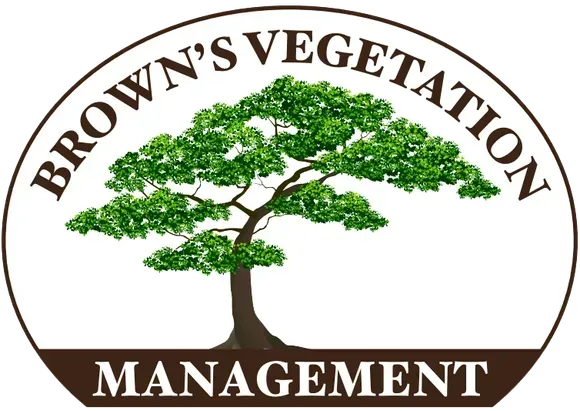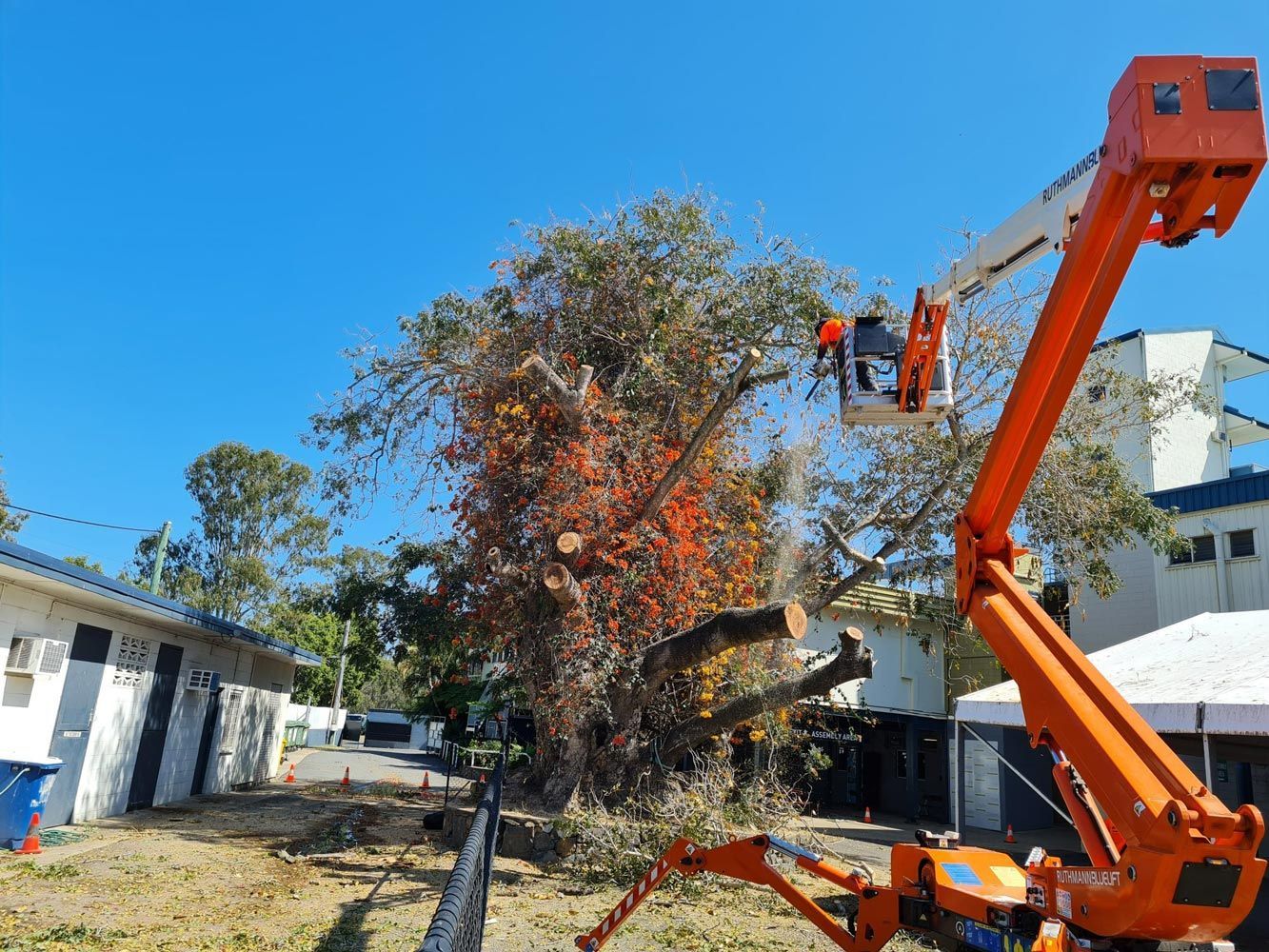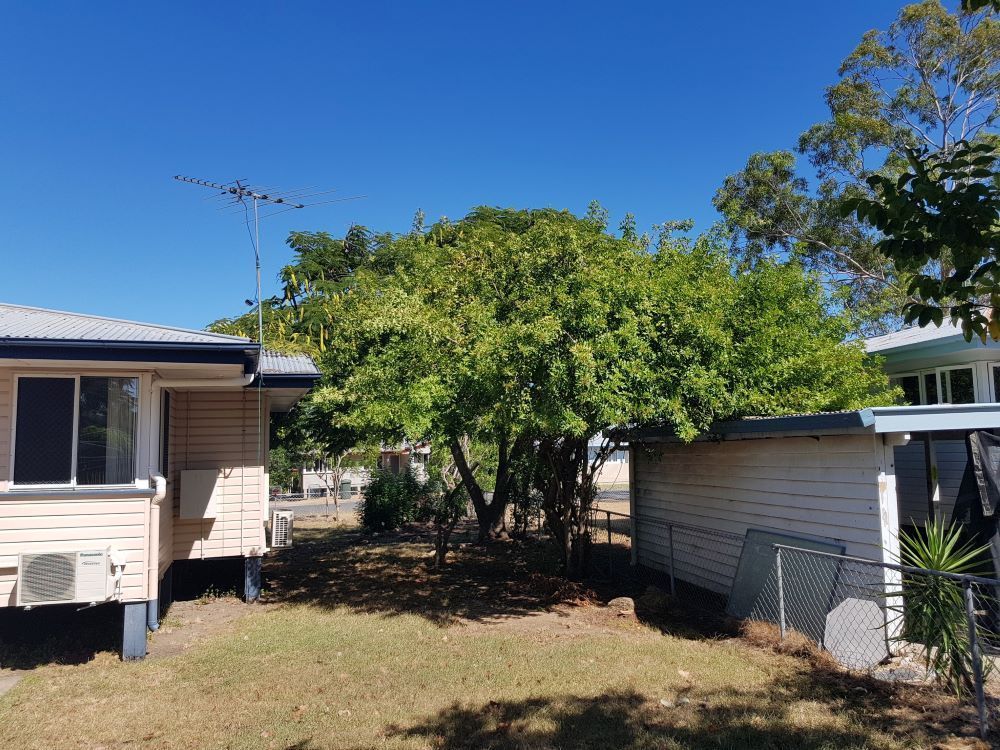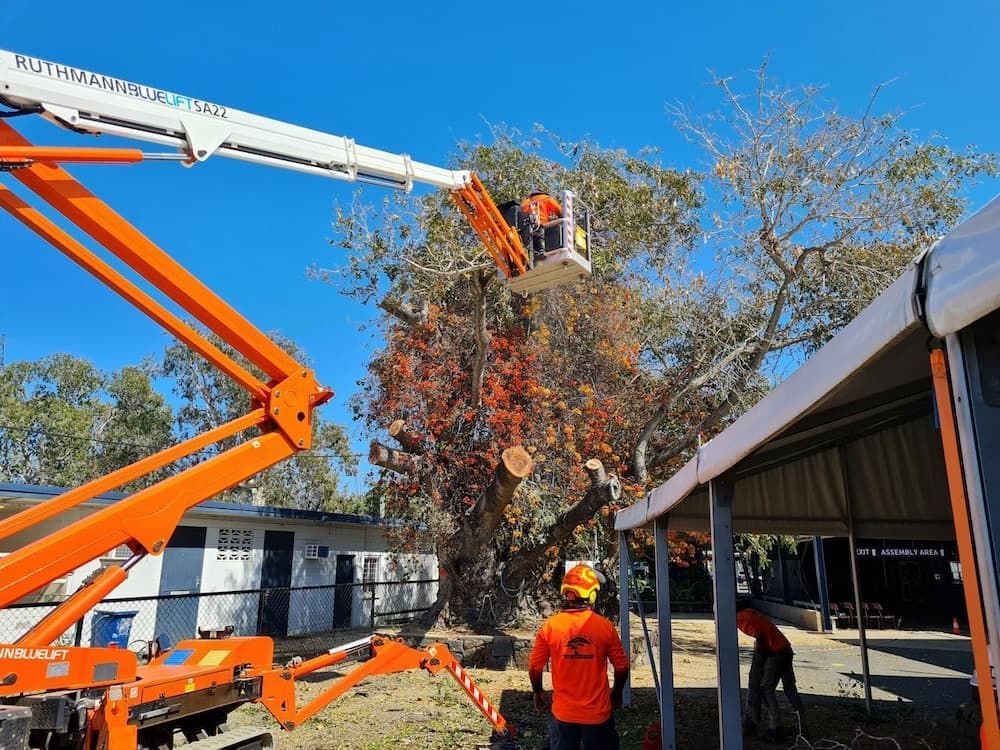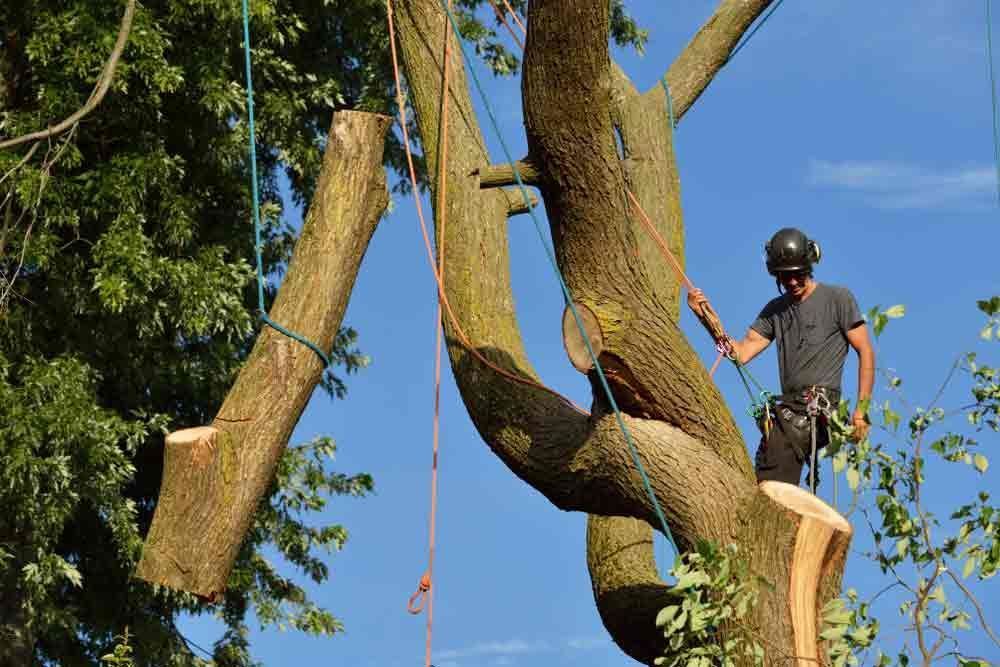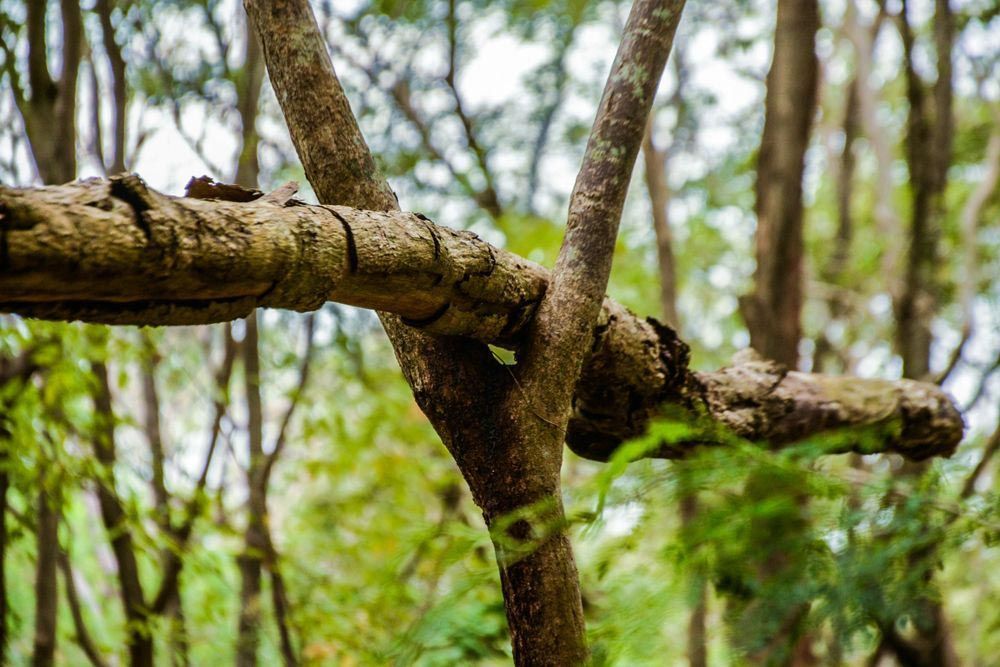How Experts Perform Safe & Efficient Tree Removal
Tree removal is an essential service that ensures safety, enhances property aesthetics, and prevents potential hazards caused by damaged or overgrown trees. While it may seem straightforward, professional tree removal is a highly organised process that requires careful planning, the right tools, and strict safety measures. Experts approach each task precisely, ensuring efficiency while minimising risks to property and people. In this blog, we’ll explore how professionals carry out tree removal safely and effectively, giving you a clear understanding of what goes into this vital service.
Initial Assessment & Planning
The first step in professional tree removal is thoroughly assessing the tree and its surroundings. This process helps create a plan that prioritises safety and efficiency:
- Tree condition: Experts examine whether the tree is healthy, dead, or decayed to predict potential hazards during removal.
- Surrounding environment: Identifying obstacles like nearby buildings, fences, or power lines helps ensure a strategic approach.
- Accessibility: Professionals evaluate the site to determine how best to position equipment for minimal disruption.
By carefully planning the removal process, experts ensure that each step is carried out precisely, mitigating risks to property and people.
Safety Measures & Equipment Preparation
Safety is paramount in tree removal. Experts rely on a combination of protective gear, advanced tools, and clear protocols to prevent accidents.
Safety Protocols
- Workers wear personal protective equipment (PPE) such as helmets, goggles, gloves, and chainsaw-resistant clothing.
- Warning signs and barriers are set up around the work area to keep bystanders at a safe distance.
Essential Equipment
- Cutting tools: Chainsaws and hand saws are used for precision cuts.
- Climbing gear: Ropes and harnesses ensure safety for workers handling tall trees.
- Heavy machinery: Cranes and cherry pickers are deployed for challenging or large-scale removals.
These measures ensure the process complies with industry standards and reduces risks during removal.
Controlled Cutting & Tree Felling
Once safety protocols are in place, experts begin the removal process using controlled methods to minimise damage to the surroundings:
Step-by-Step Approach
- Limb removal: Branches are cut and lowered from the top down to avoid collateral damage.
- Trunk sectioning: The trunk is cut into smaller, manageable pieces for easy removal.
- Directional felling: Trees are guided to fall in a predetermined direction to prevent harm to nearby structures or landscapes.
In some cases, professionals use ropes and rigging systems to carefully lower tree sections, maintaining control throughout the process.
Post-Removal Cleanup & Disposal
Tree removal doesn’t end with cutting down the tree. Cleanup and disposal are equally important to leave the site safe and ready for future use.
Cleanup Tasks
- Stump removal or grinding: Stumps are removed or ground down to eliminate tripping hazards.
- Debris clearing: Branches, leaves, and other remnants are cleared from the site.
- Recycling: Wood is often repurposed into mulch or firewood, supporting sustainable practices.
Professionals ensure the property is clean and prepared for new landscaping or other projects by addressing these final steps.
Ready to Remove That Tree? Contact Us for a No-Obligation Quote
At Brown's Vegetation Management, we offer safe, efficient, and reliable tree services in Rockhampton. Our experienced team uses cutting-edge equipment and proven techniques to handle even the most challenging projects. Reach out to us today to book a consultation or learn more about our comprehensive services. Let us help you maintain a safe and beautiful outdoor environment!
